The city of Oakland is under fire again during a recent rash of auto-crime. The populous city near San Francisco is plagued by crime ridden streets, making life difficult for residents.
New information published by the Oakland Public Works and Transportation Committee in mid-March shows that crime is reaching new levels in the once idyllic California city.
Car Related Crime Plagues the City

Recent images of carjackings in Oakland and San Francisco have taken over social media, with most taking place in broad daylight.
With the increase of car thefts and break-ins, the San Francisco Chronicle has gone so far as to create a car break-in tracker on their website that anyone can add information to. The tracker is a sign that the issue is pervasive and on-going.
Rising Concern Over Abandoned Stolen Vehicles

In Oakland, the surge of abandoned vehicles is more than an eyesore — it’s a blockade. These forsaken cars, many of them stolen, are clogging streets, obstructing access to homes, businesses, and even schools.
The issue almost symbolizes the city’s escalating battle with auto crime (via ABC 7 News), affecting the daily lives of its residents and the vibrancy of its communities.
Staggering Increase in Stolen and Abandoned Cars
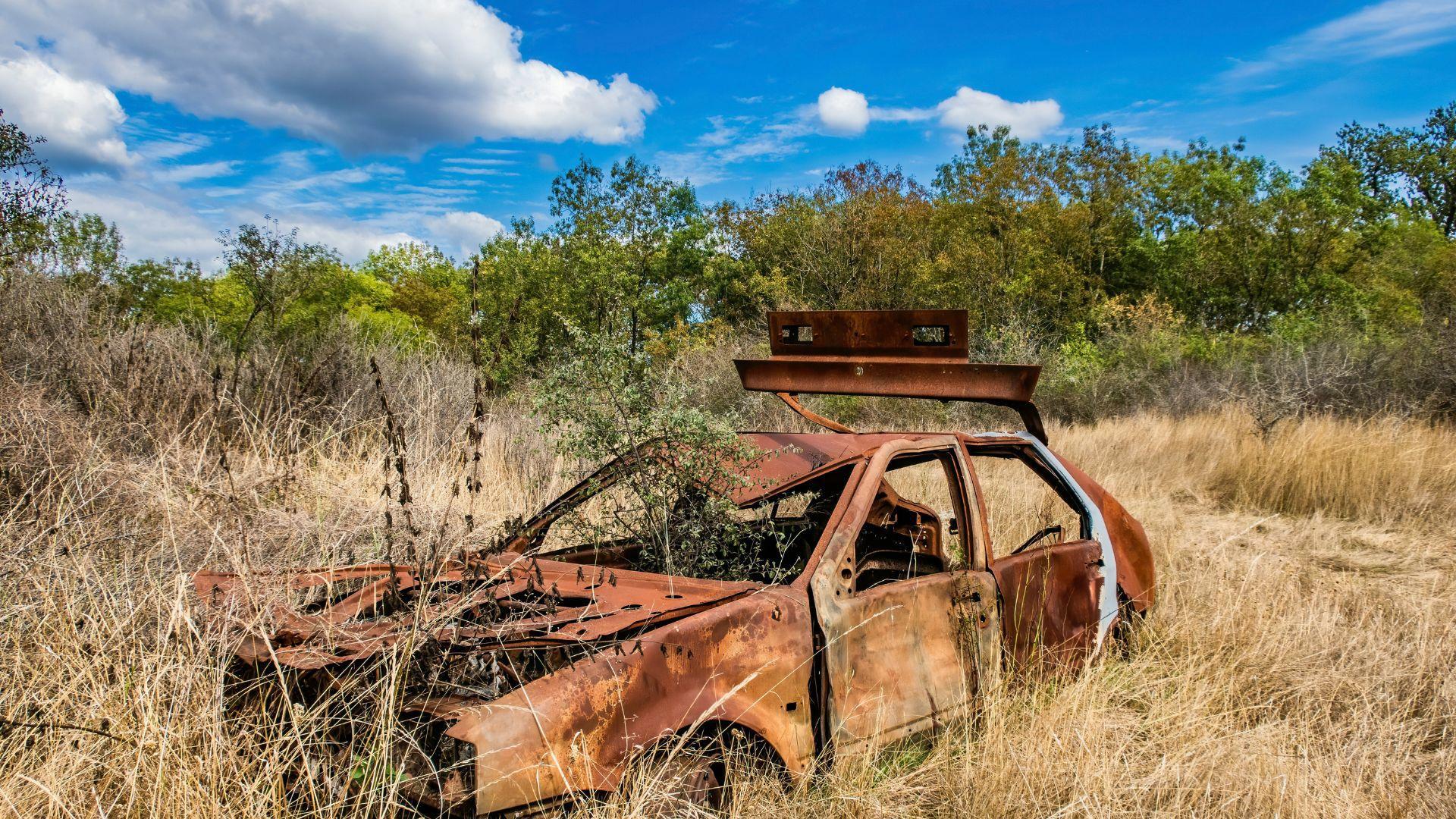
The city of Oakland received more than 11,000 private requests to pick up abandoned cars and trucks during a 6 month period in 2023.
As reported by SFGATE, Michael Ford, the parking and mobility parking manager at Oakland’s Department of Transportation, said that the increase in abandoned cars is “staggering.”
Overwhelmed City Resources

Oakland’s struggle with abandoned vehicles is a symptom of a broader challenge. Over 3,000 vehicles lie in limbo (via The Sun), eligible for towing but untouched due to overwhelmed city resources.
This backlog not only strains the city’s operations but also prolongs the blight and hazards that these vehicles bring to neighborhoods, illustrating a critical gap in municipal services.
A City Drowning Under Pressure

A recent report shows that the number of car thefts has increased more than 80% from 2021 to 2023.
Even with an increase in resources, the city still lacks the ability to tow away and clear the vast number of abandoned cars.
An Expensive Burden

Oakland spends nearly $1 million each year to store abandoned vehicles, a hefty price that reflects the scale and complexity of the problem (via ABC 7 News).
This financial burden showcases the need for more efficient solutions and highlights the economic impact of the crisis, beyond the visual and environmental toll on the city’s landscape.
City Wide Issues, Not Just Neighborhood Problems

It might be easy to assume that the car theft and break-in issues are relegated to certain neighborhoods in the city.
However, the issues affect every corner of Oakland. From the downtown core to suburban areas, everyone is faced with the same eye sore.
The Abandoned Car Unit Hard at Work

With almost 3,000 legally towable cars sitting on the streets of Oakland, the abandoned car task force is failing to keep up.
The demand is growing faster than the task force can keep up. Clearing nearly 25 cars per day, the group simply cannot keep up with the demand of dumped cars.
Operational Challenges and Solutions
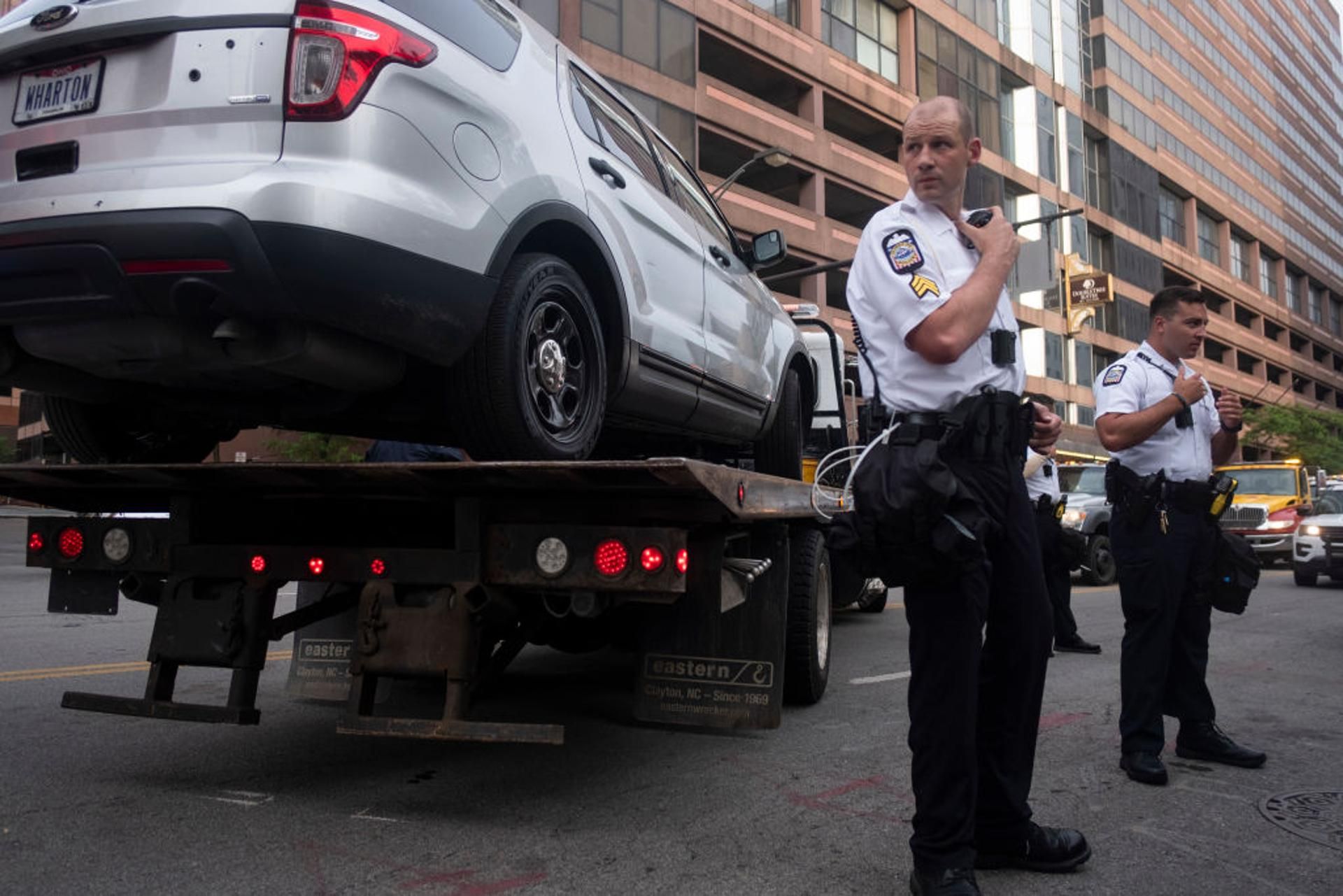
Oakland’s Department of Transportation is at a crossroads, balancing the need to prioritize hazardous vehicles with the reality of limited storage space and a growing backlog of reports.
This situation calls for innovative solutions, including strategic adjustments to towing and storage practices, to address the city’s pressing needs more effectively.
Immediate Action on Hazardous Vehicles

Focusing on the most hazardous abandoned vehicles, Oakland aims to mitigate immediate environmental and safety risks.
Leaking fluids and the potential for fires make quick removal of these vehicles a priority, emphasizing the city’s commitment to public health and safety amid the broader challenge of vehicular blight.
The Rest of 2024 Looks Bleaks for The City
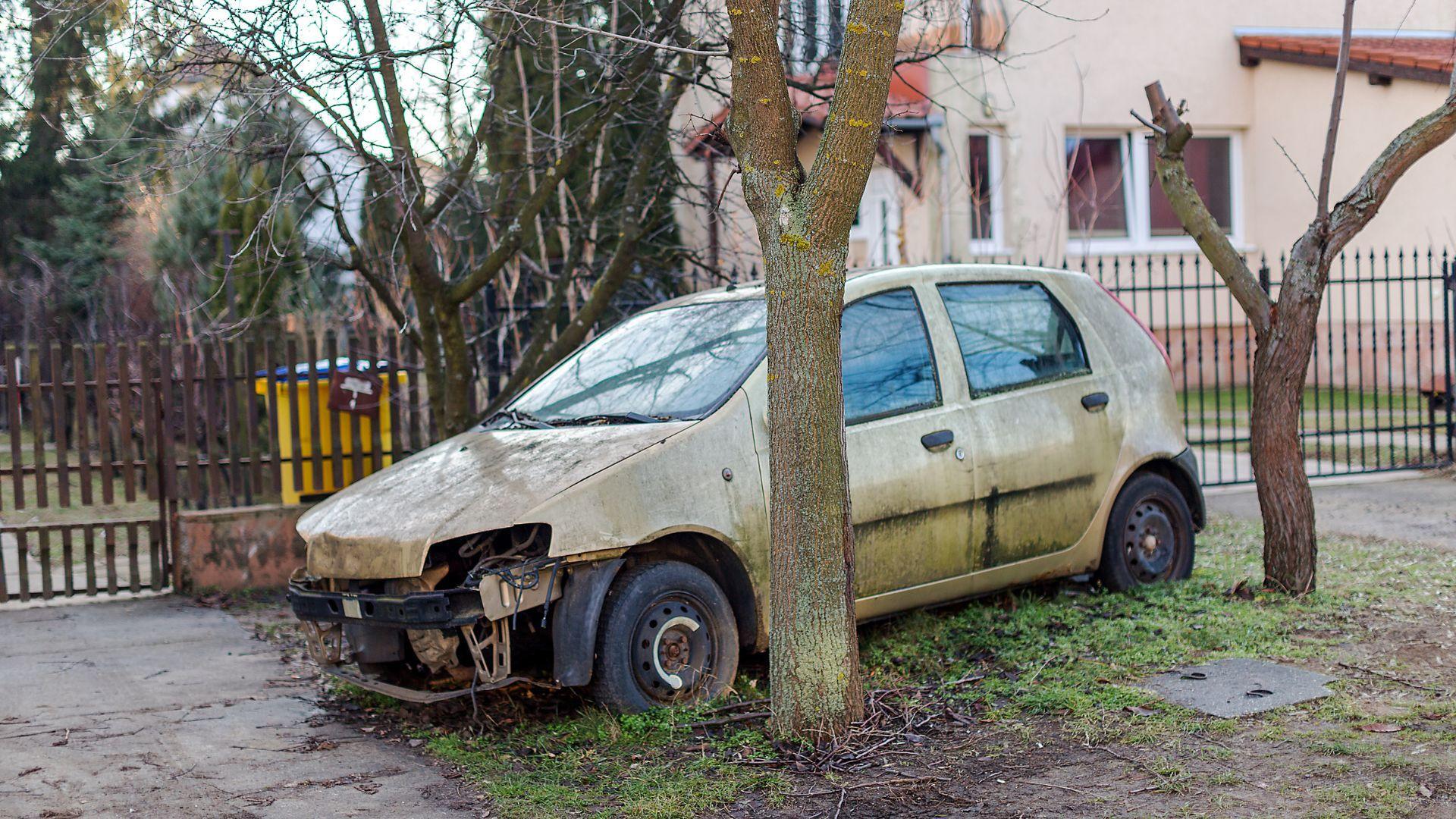
The numbers are predicted to reach as high as 28,000 requests by the end of 2024.
The issue with labeling cars comes with the manpower available to categorize and tag each car. The backlog currently sits at roughly 9,600 requests. Each request needs to be looked into by a city employee.
Community Impact and Response

The community’s role in reporting abandoned vehicles has become a critical part of Oakland’s response strategy.
The surge in reports shows the widespread impact of the issue, as residents and businesses call for more efficient removal strategies. This collective action highlights the community’s engagement and, more importantly, the urgent need for solutions.
Burned Vehicles Upsetting Residents

One of the most common complaints among Oakland residents is the increase of destroyed and burned cars sitting in their neighborhoods.
The city promises to prioritize burned, stripped, and hazardous cars in the area. It’s clear that car thieves intend more than just monetary profit from stealing vehicles. The stolen cars are often abused and left for community members to clean up or call the fire department in the face of an auto fire.
Burned Cars Also Bring Health Hazards to the Area

Burned out and stripped cars result in more than just an eye sore and a reduction in property value in the area.
The danger of allowing these shelled out vehicles to sit on the street is the attraction of rodents. Rats, crows, and other pests use the easily accessible vehicles as nests, which brings increased disease and filth to the area.
Innovative Solutions and Public Engagement

Oakland is exploring public-private partnerships and leveraging technology to streamline the removal of abandoned cars.
Initiatives like mobile reporting apps — similar to the OAK 311 app — could enhance efficiency and responsiveness, reflecting a modern approach to urban management. Engaging the public in these efforts is essential for creating a cleaner, safer community environment.
Unsightly Cars Contribute to a Cycle of Poverty

A common issue with unsightly abandoned vehicles and generally derelict environment causes a community to stay in a vicious cycle of poverty.
The broken windows theory shows that seeing broken windows and property in disrepair causes people in the area to care less about taking care of the environment and increases misbehavior, which can lead to serious property crime and violent crime.
Legislative and Policy Efforts
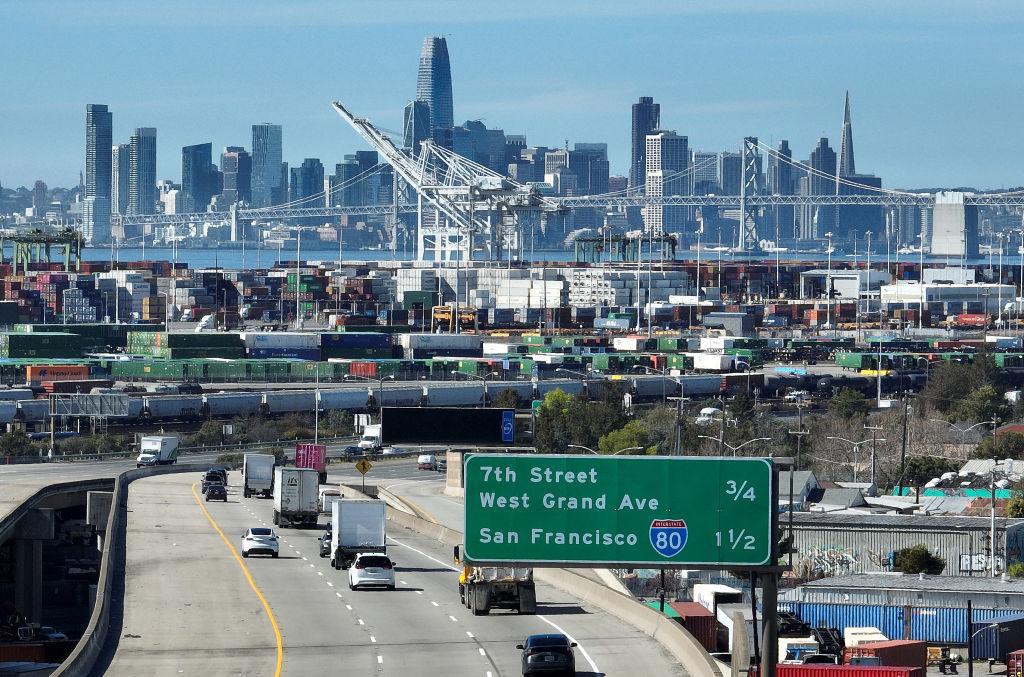
Council members are actively seeking legislative changes and policy reforms to tackle the abandoned vehicle crisis.
Proposals include increasing staff for the Vehicle Enforcement Unit and improving operational efficiency (via SF Gate). These efforts are crucial for enhancing the city’s capacity to respond to the issue and reflect a proactive governance approach.
City Officials on Board to Clean Up the Area

City officials, like council member Rebecca Kaplan, are on the same wavelength as citizens when it comes to dealing with this issue.
Local government is aware of the myriad of problems that crime and auto-theft brings to the area. They want to clean up the streets with increased staff on the Vehicle Enforcement Unit. They have also approved lengthy overtime for city employees.
Public Reaction and the Call for Action

The community’s reaction to the abandoned car crisis has been a mix of frustration and urgency.
Residents are calling for decisive action and improved city resources to address the problem. This public outcry is a powerful reminder of the need for effective solutions and the impact of the issue on Oakland’s quality of life.
Losing Hope of Livability in the Area

Residents don’t have much hope about the future of their city.
A local community member expressed concerns of their child simply walking down the street. The increase in auto-crime means that the sidewalks of otherwise family friendly neighborhoods are covered in broken glass and burnt cars.
A Community’s Plea for Change

Oakland’s streets, littered with abandoned vehicles, have become symbols of neglect for many residents. The community’s plea for change is loud and clear, seeking not just removal of these cars but a long-term strategy to prevent future accumulation.
This shared concern is a call to action for both city officials and the community at large.
Looking Forward

As Oakland looks to the future, there’s a recognition that tackling the abandoned vehicle issue requires a multifaceted strategy.
Increased funding, community involvement, and strategic planning are key to overcoming the challenge. The city’s commitment to addressing this issue is vital for restoring trust, safety, beauty, and livability to its streets.
The Path Ahead

The path ahead for Oakland in dealing with abandoned vehicles is daunting but not insurmountable.
Collaborative efforts, innovative solutions, and a commitment to community engagement hold the key to transforming this crisis into an opportunity for improvement. As the city and its residents work together, there’s hope for a cleaner, safer Oakland.
Understaffing Crisis at OakDOT

Of course, that is easier said than done. After all, OakDOT’s Vehicle Enforcement Unit is currently grappling with an understaffing crisis, which significantly hampers its ability to address the surge in abandoned vehicles.
The limited number of technicians is insufficient to manage the projected 22,400 cases of abandoned cars for this year, despite efforts to boost staffing levels (via The Oaklandside).
Scaling Up Recruitment Efforts

In response to the overwhelming number of abandoned vehicles, Oakland has initiated recruitment drives to bolster the workforce of its Vehicle Enforcement Unit.
However, filling these positions has proven challenging, despite offering a competitive 12.5% salary increase to attract potential employees.
Impact of Staff Rotation
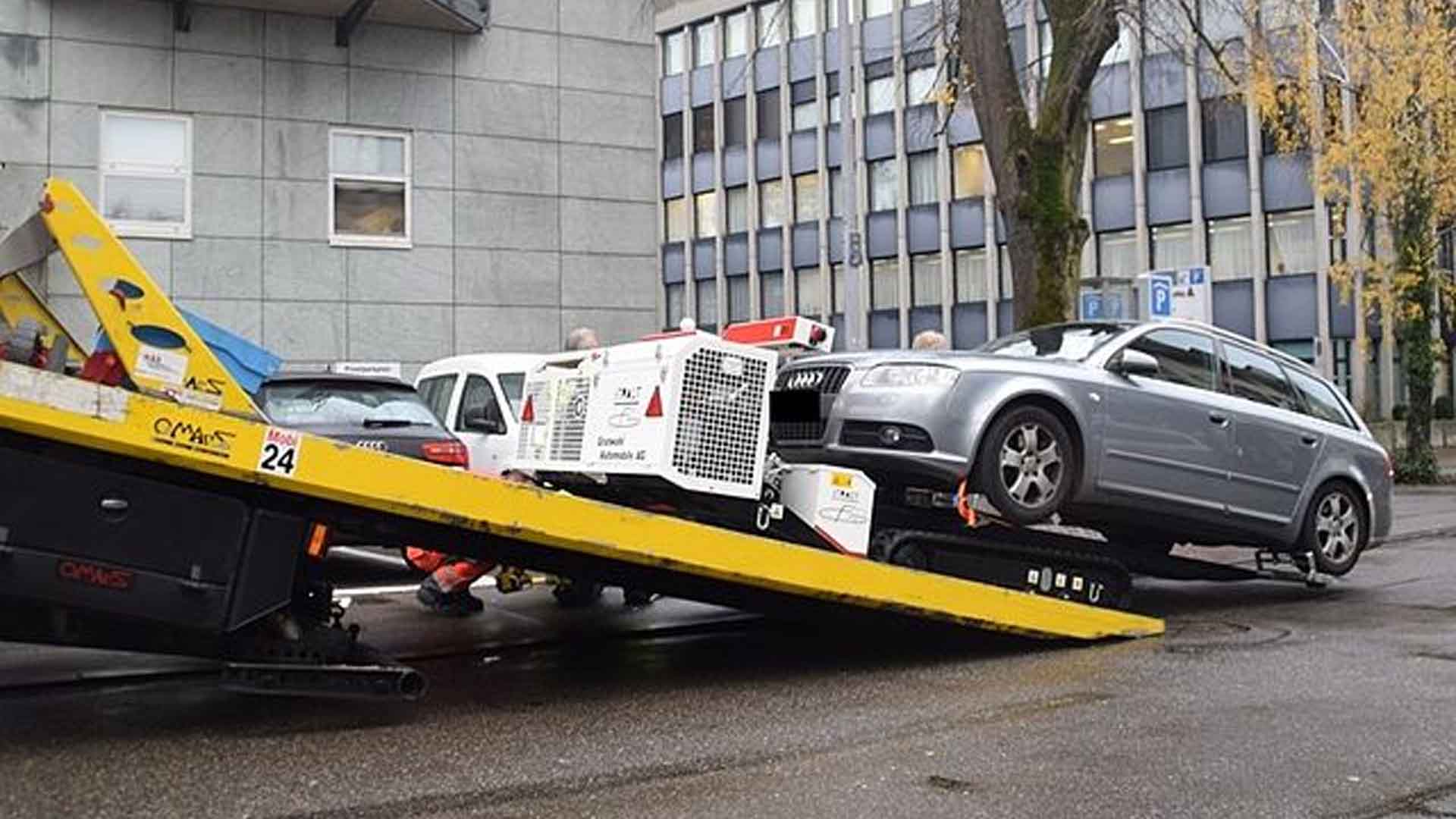
The efficiency of Oakland’s Vehicle Enforcement Unit is compromised by a rotating staff model, where technicians cycle through every six months.
This frequent turnover disrupts operational continuity and reduces the effectiveness of the unit’s response to abandoned vehicles. A more stable workforce could potentially improve both the speed and quality of the city’s abatement efforts.
Training and Certification Delays
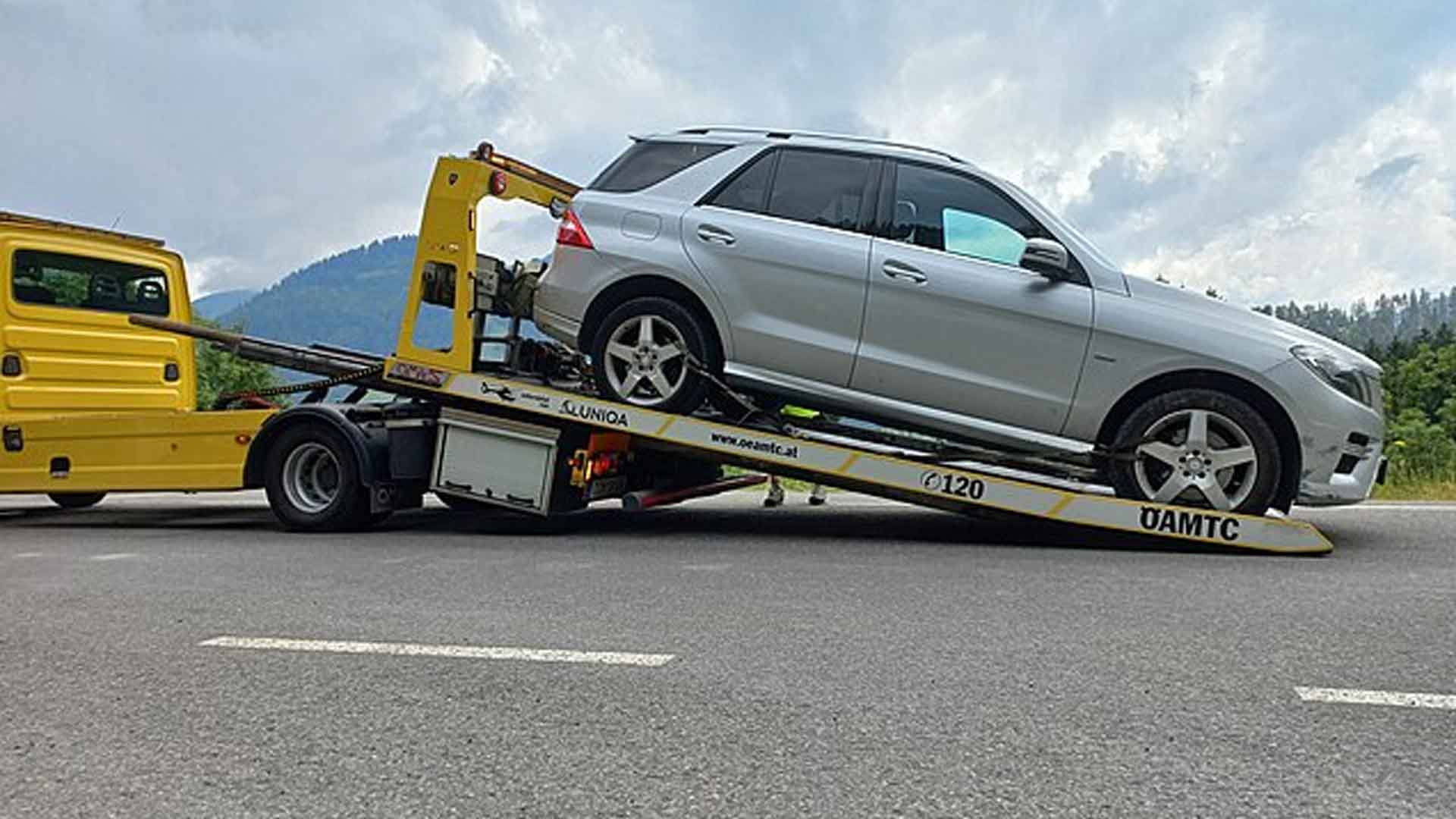
Delays in training and DOJ certification for OakDOT’s staff have created bottlenecks in processing stolen and inoperable vehicles.
Just a handful of the latest recruits for the new civilian auto unit got the green light to access and handle sensitive criminal info from the Department of Justice. This bottleneck has really pumped the brakes on operations, especially during the surge of vehicle abandonments.
Limited Operational Hours

Currently, OakDOT’s Vehicle Enforcement Unit operates just four hours a day, which severely limits the number of abandoned vehicles that can be processed daily.
Extending operational hours is essential to increase the daily tow rate and address the escalating problem of vehicle abandonment that overwhelms city streets.
Proposal for Extended Work Hours

To combat the backlog of abandoned vehicles, a proposal for a four-day, 10-hour workweek could significantly enhance productivity.
This new schedule would allow OakDOT’s staff to tow more cars per day, reducing the overall number of abandoned vehicles more efficiently and swiftly clearing the city’s streets.
Need for Advanced Technology

Oakland is also exploring advanced technological solutions to enhance the management of tow truck operations.
Implementing new tech to track tow truck arrival times could revolutionize how quickly and efficiently abandoned vehicles are removed, ultimately speeding up response times and reducing the city’s backlog.
Redefining Priority Towing Zones
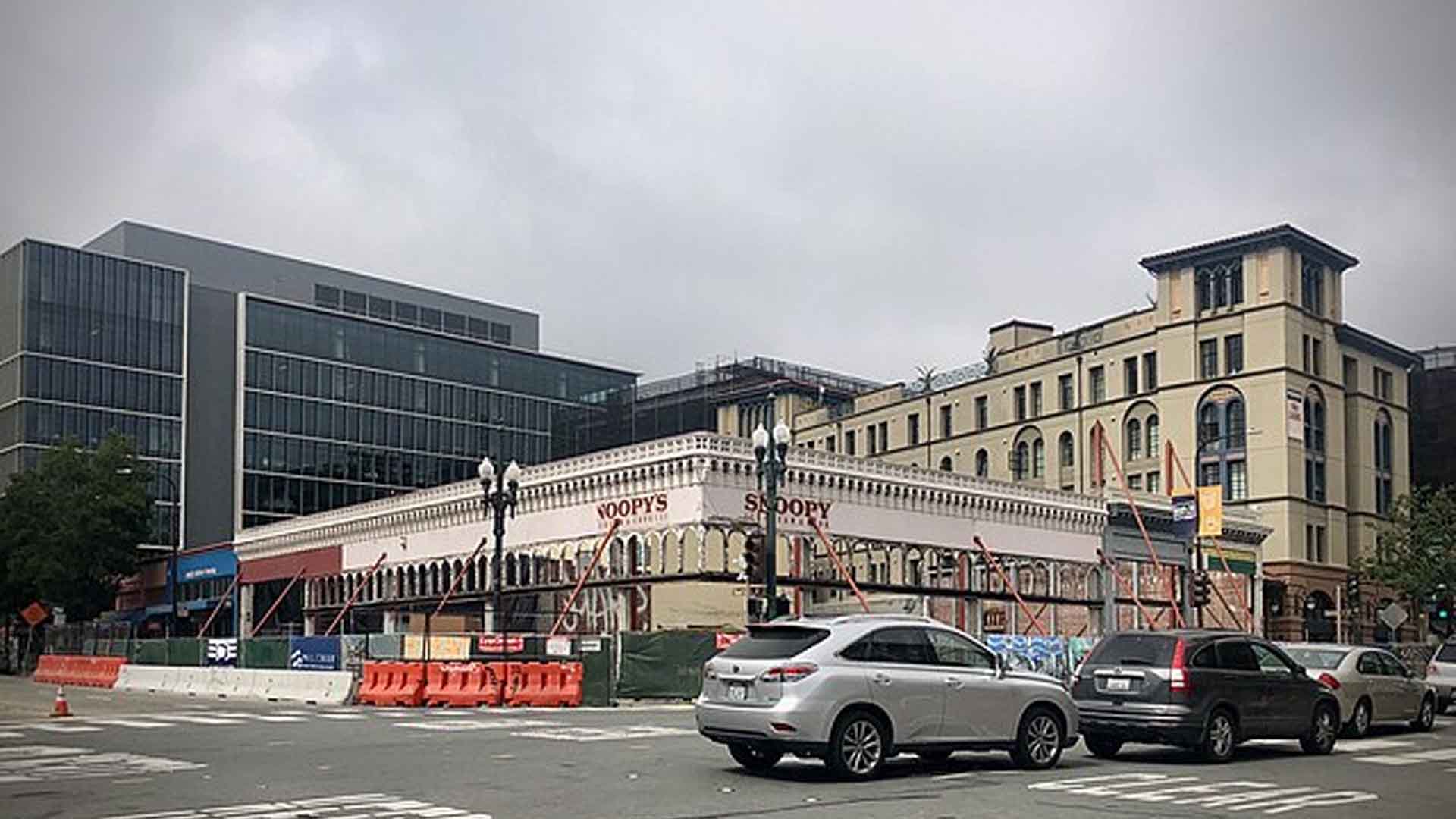
A strategic shift to clear large areas of abandoned cars simultaneously, rather than tackling them one by one, could significantly boost efficiency.
This approach aims to make a more substantial impact in reducing the visual and spatial blight caused by abandoned vehicles across Oakland’s neighborhoods.
Community Engagement and Awareness Programs

Oakland is ramping up community engagement initiatives to better educate the public on the negative impacts of abandoned vehicles and encourage active reporting.
Increased community involvement is vital for identifying priority areas and vehicles, aiding the city in more targeted and effective abatement efforts.
Financial Strain and Budget Reallocation

The financial burden of managing the abandoned vehicle crisis is substantial, prompting Oakland to consider reallocating resources to better support the Vehicle Enforcement Unit.
Strategic budget adjustments are essential to ensure sufficient funding is available to address the growing needs of the city’s abatement efforts effectively.
Collaboration with Law Enforcement
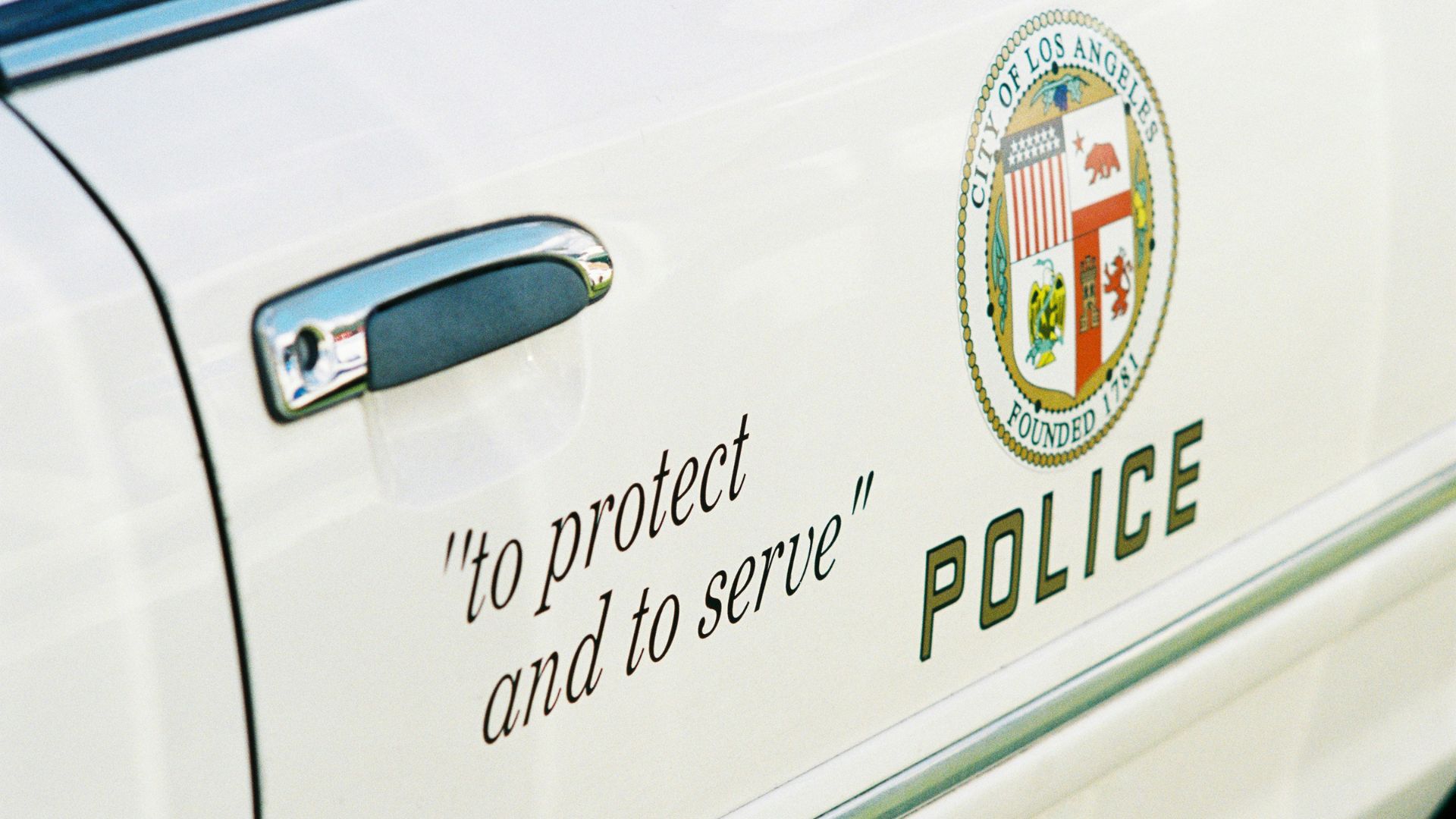
The collaboration between OakDOT and the Oakland Police Department remains crucial in managing the rising number of stolen and abandoned vehicles.
This partnership facilitates a coordinated response to the complex challenges posed by vehicle-related crimes and abandonment in the city.
Long-term Urban Planning Considerations

Looking ahead, Oakland is considering long-term urban planning strategies to prevent vehicle abandonment.
Enhancing public transportation options and revising zoning laws could mitigate some underlying issues, reducing the future burden on city services and improving overall urban livability.
